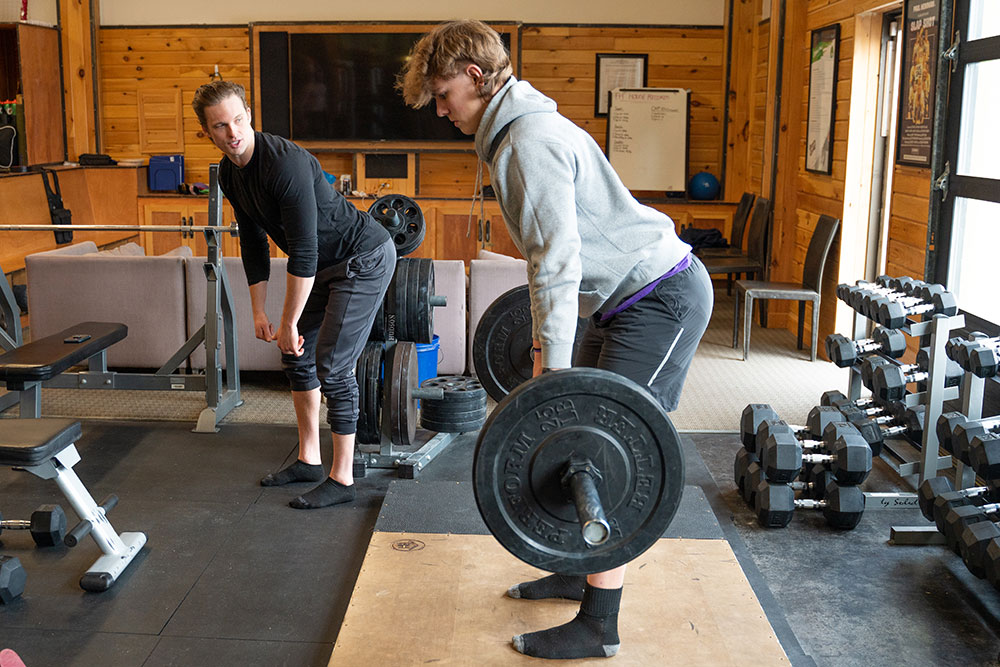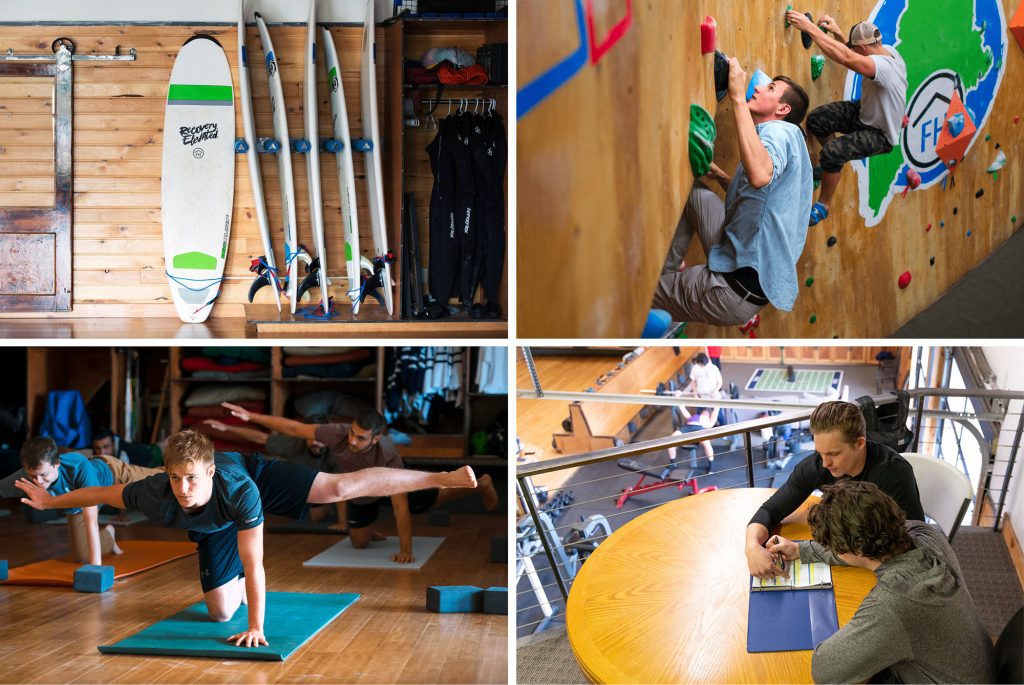Moving Your Body: How Exercise is Vital to Relieving Anxiety and Stress

A holistic approach to mental health is no longer a nice-to-have—it’s essential. By integrating therapy with actionable behavioral change, we can more effectively manage feelings of stress and anxiety. One of the most powerful remedies, backed by robust scientific research, is exercise. But how exactly does breaking a sweat counteract the invisible burdens of stress and anxiety?
The Neuroscience Behind Exercise and Mental Health
Recent research from Stanford University (2022) shines a light on the transformative role exercise plays in reshaping our neural pathways. Physical activity acts as a catalyst, stimulating the release of key neurochemicals: endorphins, dopamine, and serotonin. The combination of the three not only regulates mood but directly mitigates stress and anxiety. The takeaway? Regular physical activity has benefits that extend beyond just physical well-being—it’s a prescription for managing stress and anxiety.
The Power of Endorphins
Ever felt the exhilarating “runner’s high” after a workout? That’s the magic of endorphins—our brain’s natural painkillers and mood elevators. This feeling is not exclusive to running, however, and can be experienced through various forms of exercise, from walking and cycling to yoga and weightlifting.

Dopamine and Serotonin: Our Brain’s Balancing Act
While endorphins grab the limelight, dopamine—the pleasure neurotransmitter—and serotonin, our mood stabilizer, play understated yet pivotal roles. Dopamine, often called the “feel-good” neurotransmitter, plays a significant role in pleasure and reward, enhancing our mood and offering a sense of satisfaction and enjoyment. Serotonin, on the other hand, helps regulate mood, sleep, and appetite, contributing to overall well-being and stability. Together, they contribute to our overall mood, ensuring we feel upbeat and balanced.
The Impact of Exercise on Stress and Anxiety
Exercise’s impact on the brain directly translates to reduced stress and anxiety. Consistent exercise becomes our shield against stress. Not just a momentary post-workout bliss but a long-term fortress of calm. Physical activity also encourages mindfulness—the focus on breath and movement. Exercise becomes a meditative practice, anchoring us to the present moment and alleviating anxiety and stress.
Practical Steps for Integrating Exercise into Daily Life
At Foundation House, we blend therapy with tangible action, making exercise integral to recovery. Here are some practical steps to include exercise in your daily routine:
1. Choose an Exercise You Enjoy: The best exercise is the one you will consistently do. Whether it’s dancing, cycling, lifting weights, or pilates, embrace the kind of exercise that you love to do.
2. Start Small: Begin gently, start small, and gradually increase intensity and duration to build a sustainable exercise routine.
3. Incorporate Mindfulness: Integrate mindfulness into your exercise routine, focusing on your body, breath, movement, and mind-muscle connection.
4. Be Consistent: Regularity trumps intensity. Create a routine that includes regular physical activity, adjusting as necessary to ensure it remains a beneficial and enjoyable part of your daily life.

Conclusion
Exercise isn’t just a path to a better body; it’s a potent tool for relieving anxiety and stress, building resilience, and increasing peace of mind. It’s about reconnecting with yourself, feeling good, and shedding stress and anxiety with every step, stretch, or squat. Find your rhythm, build your routine, and let every movement be a step towards mental well-being.
Note: While exercise can significantly benefit mental health, it’s essential to understand that it’s one of many tools. Always consult with a healthcare professional or therapist to determine the best strategies and treatments for individual needs.






